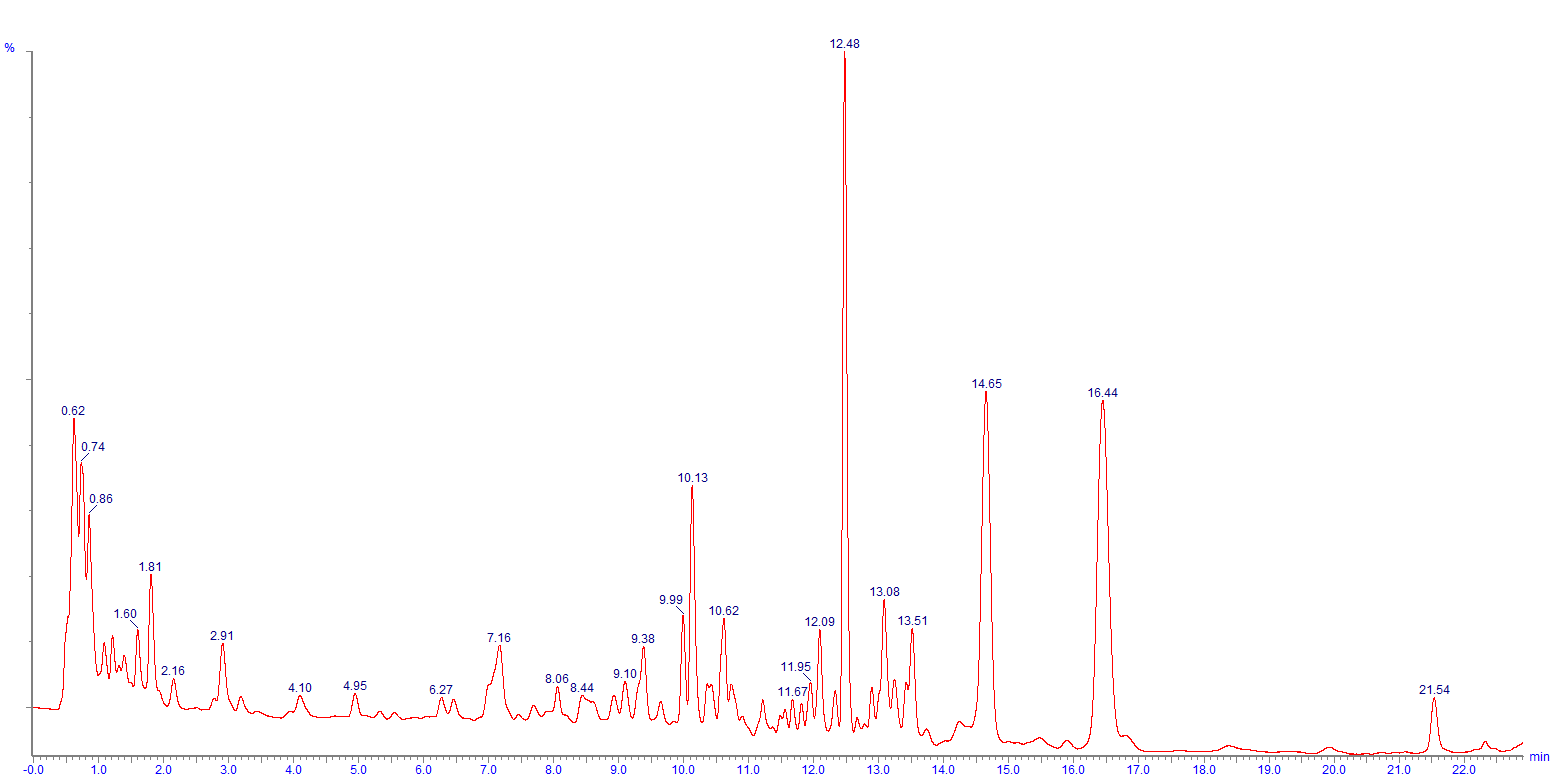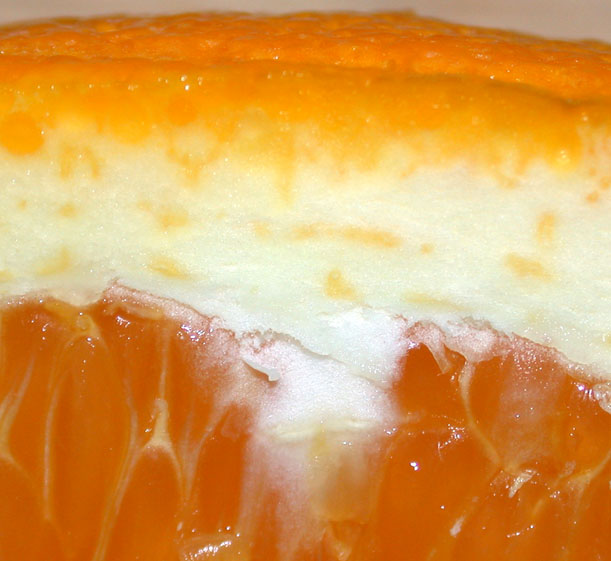|
Hesperidin
Hesperidin is a flavanone glycoside found in citrus fruits. Its aglycone form is called hesperetin. Its name is derived from the word "hesperidium", for fruit produced by citrus trees. Hesperidin was first isolated in 1828 by French chemist M. Lebreton from the white inner layer of citrus peels (mesocarp, albedo). Hesperidin is believed to play a role in plant defense. Sources ''Rutaceae'' * 700–2,500 ppm in fruit of ''Citrus aurantium'' (bitter orange, petitgrain) * in orange juice (''Citrus sinensis'') * in '' Zanthoxylum gilletii'' * in lemon * in lime * in leaves of '' Agathosma serratifolia'' ''Lamiaceae'' Peppermint contains hesperidin. Content in foods Approximate hesperidin content per 100 ml * 481 mg peppermint, dried * 44 mg blood orange, pure juice * 26 mg orange, pure juice * 18 mg lemon, pure juice * 14 mg lime, pure juice * 1 mg grapefruit, pure juice Metabolism Hesperidin 6-''O''-α--rhamnosyl-β--glucosidase, an ... [...More Info...] [...Related Items...] OR: [Wikipedia] [Google] [Baidu] |
Hesperetin
Hesperetin is the 4'-methoxy derivative of eriodictyol, a flavanone. Hesperetin's 7-O-glycoside, hesperidin, is a naturally occurring flavanon-glycoside, the main flavonoid in lemons and sweet oranges. Hesperetin (and naringenin, the parent flavanone of naringin) are not found to a significant extent in ''Citrus'' spp. Glycosides A variety of glycosides of hesperetin are known, including: * Hesperidin (hesperetin-7-''O''-rutinoside) is a water-insoluble flavonoid glycoside whose solubility is below 5 μg/ml in water. Hesperidin is found in citrus fruits and upon ingestion it releases its aglycone, hesperetin. * Neohesperidin is the 7-''O''- neohesperidoside of hesperetin. * Hesperetin-7-''O''-α-L-Rhamnopyranoside (CAS 66513-83-5) is found in the roots of clammy cherry (''Cordia obliqua'' a.k.a. ''Cordia obliqua'' var. ''wallichii''). Metabolism Hesperidin 6-''O''-α-L-rhamnosyl-β-D-glucosidase is an enzyme that uses hesperidin and H2O to produce hesperetin and rutin ... [...More Info...] [...Related Items...] OR: [Wikipedia] [Google] [Baidu] |
Hesperidin 6-O-alpha-L-rhamnosyl-beta-D-glucosidase
Hesperidin 6-''O''-alpha--rhamnosyl-beta--glucosidase () is an enzyme with systematic name hesperetin 7-(6-''O''-alpha--rhamnopyranosyl-beta--glucopyranoside) 6-''O''-alpha-rhamnopyranosyl-beta-glucohydrolase. This enzyme catalyses the following chemical reaction : hesperidin + H2O hesperetin + rutinose Rutinose is the disaccharide also known as 6-''O''-α-L- rhamnosyl-D-glucose (C12H22O10) that is present in some flavonoid glycosides. It is prepared from rutin by hydrolysis Hydrolysis (; ) is any chemical reaction in which a molecule of wat ... The enzyme exhibits high specificity towards 7-''O''-linked flavonoid beta-rutinosides. The enzyme is produced by the fungus ''Acremonium'' sp. DSM24697. The genera ''Acremonium'' and morphologically similar ''Stilbella'' have not yet been fully studied on a molecular basis. Under the morphological basis, the fungus ''Stilbella fimetaria'' SES201 was reidentified as ''Acremonium'' sp. SES201 = DSM24697. References External ... [...More Info...] [...Related Items...] OR: [Wikipedia] [Google] [Baidu] |
Flavanone
The flavanones, a type of flavonoids, are various aromatic, colorless ketones derived from flavone that often occur in plants as glycosides. List of flavanones * Blumeatin * Butin * Eriodictyol * Hesperetin * Hesperidin * Homoeriodictyol * Isosakuranetin * Naringenin * Naringin * Pinocembrin * Poncirin * Sakuranetin * Sakuranin * Sterubin Sterubin (7-methoxy-3',4',5-trihydroxyflavanone) is a bitter-masking flavanone extracted from Yerba Santa (''Eriodictyon californicum'') a plant growing in America. Sterubin is one of the four flavanones identified by Symrise in this plant whic ... * Pinostrobin Metabolism The enzyme chalcone isomerase uses a chalcone-like compound to produce a flavanone. Flavanone 4-reductase is an enzyme that uses (2''S'')- flavan-4-ol and NADP+ to produce (2''S'')-flavanone, NADPH, and H+. Synthesis Numerous methods exist for the enantioselective chemical and biochemical synthesis of flavanones and related compounds. References Exte ... [...More Info...] [...Related Items...] OR: [Wikipedia] [Google] [Baidu] |
Glycoside
In chemistry, a glycoside is a molecule in which a sugar is bound to another functional group via a glycosidic bond. Glycosides play numerous important roles in living organisms. Many plants store chemicals in the form of inactive glycosides. These can be activated by enzyme hydrolysis, which causes the sugar part to be broken off, making the chemical available for use. Many such plant glycosides are used as medications. Several species of '' Heliconius'' butterfly are capable of incorporating these plant compounds as a form of chemical defense against predators. In animals and humans, poisons are often bound to sugar molecules as part of their elimination from the body. In formal terms, a glycoside is any molecule in which a sugar group is bonded through its anomeric carbon to another group via a glycosidic bond. Glycosides can be linked by an O- (an '' O-glycoside''), N- (a ''glycosylamine''), S-(a '' thioglycoside''), or C- (a ''C-glycoside'') glycosidic bond. According ... [...More Info...] [...Related Items...] OR: [Wikipedia] [Google] [Baidu] |
Endothelium
The endothelium is a single layer of squamous endothelial cells that line the interior surface of blood vessels and lymphatic vessels. The endothelium forms an interface between circulating blood or lymph in the lumen and the rest of the vessel wall. Endothelial cells form the barrier between vessels and tissue and control the flow of substances and fluid into and out of a tissue. Endothelial cells in direct contact with blood are called vascular endothelial cells whereas those in direct contact with lymph are known as lymphatic endothelial cells. Vascular endothelial cells line the entire circulatory system, from the heart to the smallest capillaries. These cells have unique functions that include fluid filtration, such as in the glomerulus of the kidney, blood vessel tone, hemostasis, neutrophil recruitment, and hormone trafficking. Endothelium of the interior surfaces of the heart chambers is called endocardium. An impaired function can lead to serious health i ... [...More Info...] [...Related Items...] OR: [Wikipedia] [Google] [Baidu] |
Hypertension
Hypertension (HTN or HT), also known as high blood pressure (HBP), is a long-term medical condition in which the blood pressure in the arteries is persistently elevated. High blood pressure usually does not cause symptoms. Long-term high blood pressure, however, is a major risk factor for stroke, coronary artery disease, heart failure, atrial fibrillation, peripheral arterial disease, vision loss, chronic kidney disease, and dementia. Hypertension is a major cause of premature death worldwide. High blood pressure is classified as primary (essential) hypertension or secondary hypertension. About 90–95% of cases are primary, defined as high blood pressure due to nonspecific lifestyle and genetic factors. Lifestyle factors that increase the risk include excess salt in the diet, excess body weight, smoking, and alcohol use. The remaining 5–10% of cases are categorized as secondary high blood pressure, defined as high blood pressure due to an identifiable cause ... [...More Info...] [...Related Items...] OR: [Wikipedia] [Google] [Baidu] |
Blood Lipid
Blood lipids (or blood fats) are lipids in the blood, either free or bound to other molecules. They are mostly transported in a protein capsule, and the density of the lipids and type of protein determines the fate of the particle and its influence on metabolism. The concentration of blood lipids depends on intake and excretion from the intestine, and uptake and secretion from cells. Hyperlipidemia is the presence of elevated or abnormal levels of lipids and/or lipoproteins in the blood, and is a major risk factor for cardiovascular disease. Fatty acids Intestine intake Short- and medium chain fatty acids are absorbed directly into the blood viaintestine capillariesand travel through the portal vein. Long-chain fatty acids, on the other hand, are too large to be directly released into the tiny intestine capillaries. Instead they are coated with cholesterol and protein (protein coat of lipoproteins) into a compound called a chylomicron. The chylomicron enters a lymphatic capillary ... [...More Info...] [...Related Items...] OR: [Wikipedia] [Google] [Baidu] |
In Vivo
Studies that are ''in vivo'' (Latin for "within the living"; often not italicized in English) are those in which the effects of various biological entities are tested on whole, living organisms or cells, usually animals, including humans, and plants, as opposed to a tissue extract or dead organism. This is not to be confused with experiments done ''in vitro'' ("within the glass"), i.e., in a laboratory environment using test tubes, Petri dishes, etc. Examples of investigations ''in vivo'' include: the pathogenesis of disease by comparing the effects of bacterial infection with the effects of purified bacterial toxins; the development of non-antibiotics, antiviral drugs, and new drugs generally; and new surgical procedures. Consequently, animal testing and clinical trials are major elements of ''in vivo'' research. ''In vivo'' testing is often employed over ''in vitro'' because it is better suited for observing the overall effects of an experiment on a living subject. In dr ... [...More Info...] [...Related Items...] OR: [Wikipedia] [Google] [Baidu] |
Peel (fruit)
Peel, also known as rind or skin, is the outer protective layer of a fruit or vegetable which can be peeled off. The rind is usually the botanical exocarp, but the term exocarp also includes the hard cases of nuts, which are not named peels since they are not peeled off by hand or peeler, but rather shells because of their hardness. A fruit with a thick peel, such as a citrus fruit, is called a hesperidium. In hesperidia, the inner layer (also called '' albedo'' or, among non-botanists, ''pith'') is peeled off together with the outer layer (called flavedo), and together they are called the peel. The flavedo and albedo, respectively, are the exocarp and the mesocarp. The juicy layer inside the peel (containing the seeds) is the endocarp. Uses Depending on the thickness and taste, fruit peel is sometimes eaten as part of the fruit, such as with apples. In some cases the peel is unpleasant or inedible, in which case it is removed and discarded, such as with bananas or ... [...More Info...] [...Related Items...] OR: [Wikipedia] [Google] [Baidu] |
Ascomycetes
Ascomycota is a phylum of the kingdom Fungi that, together with the Basidiomycota, forms the subkingdom Dikarya. Its members are commonly known as the sac fungi or ascomycetes. It is the largest phylum of Fungi, with over 64,000 species. The defining feature of this fungal group is the "ascus" (), a microscopic sexual structure in which nonmotile spores, called ascospores, are formed. However, some species of the Ascomycota are asexual, meaning that they do not have a sexual cycle and thus do not form asci or ascospores. Familiar examples of sac fungi include morels, truffles, brewers' and bakers' yeast, dead man's fingers, and cup fungi. The fungal symbionts in the majority of lichens (loosely termed "ascolichens") such as '' Cladonia'' belong to the Ascomycota. Ascomycota is a monophyletic group (it contains all descendants of one common ancestor). Previously placed in the Deuteromycota along with asexual species from other fungal taxa, asexual (or anamorphic) ascomycetes ... [...More Info...] [...Related Items...] OR: [Wikipedia] [Google] [Baidu] |
Rutinose
Rutinose is the disaccharide also known as 6-''O''-α-L- rhamnosyl-D-glucose (C12H22O10) that is present in some flavonoid glycosides. It is prepared from rutin by hydrolysis Hydrolysis (; ) is any chemical reaction in which a molecule of water breaks one or more chemical bonds. The term is used broadly for substitution reaction, substitution, elimination reaction, elimination, and solvation reactions in which water ... with the enzyme rhamnodiastase. References * Disaccharides Deoxy sugars {{organic-compound-stub ... [...More Info...] [...Related Items...] OR: [Wikipedia] [Google] [Baidu] |




